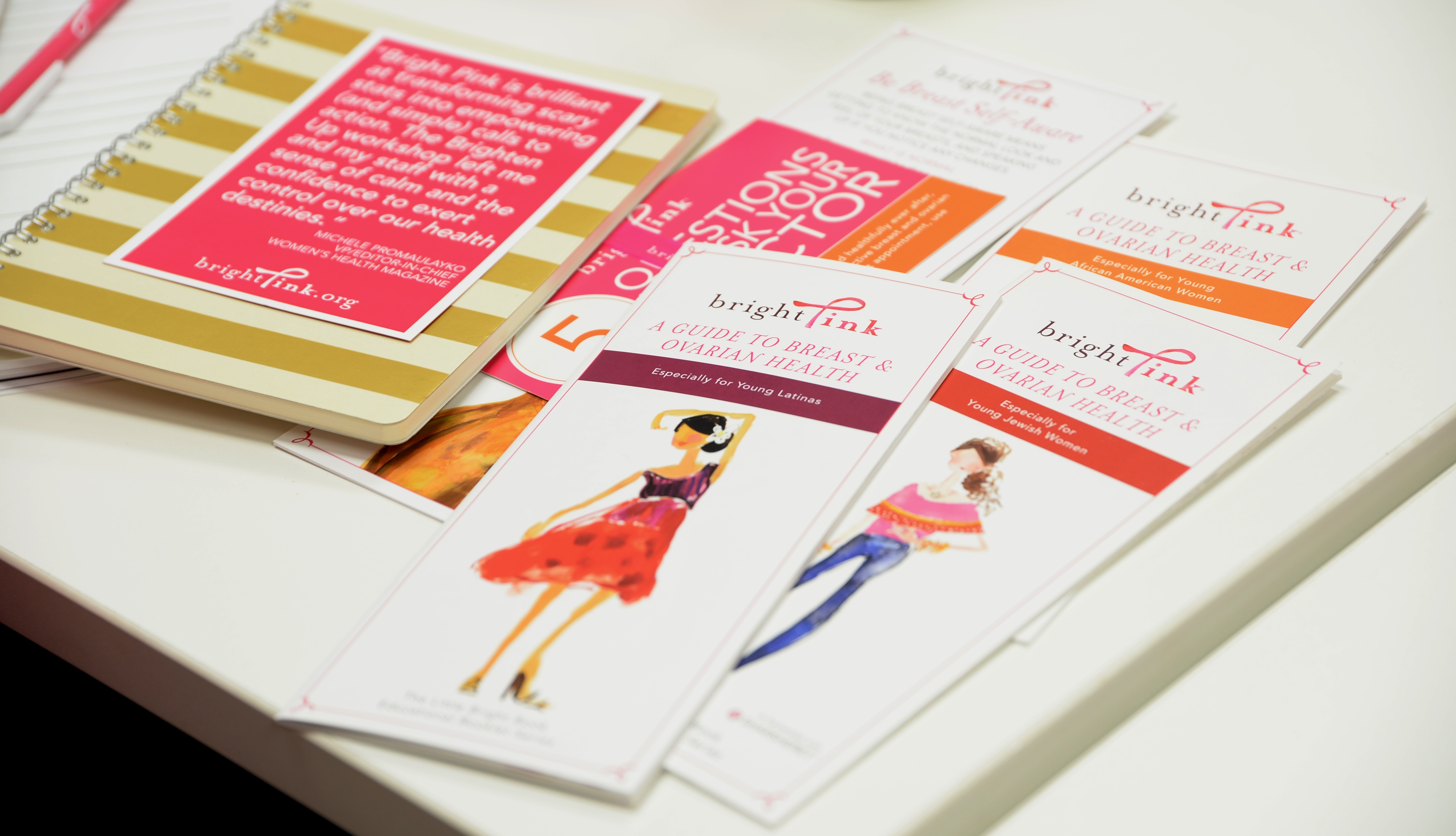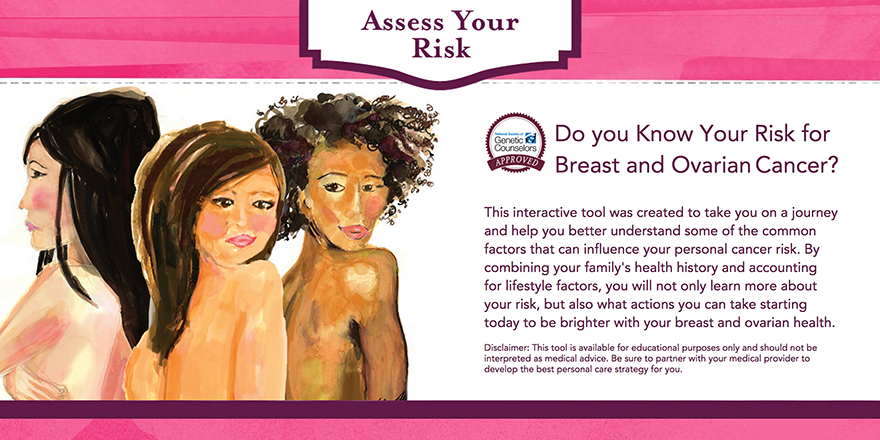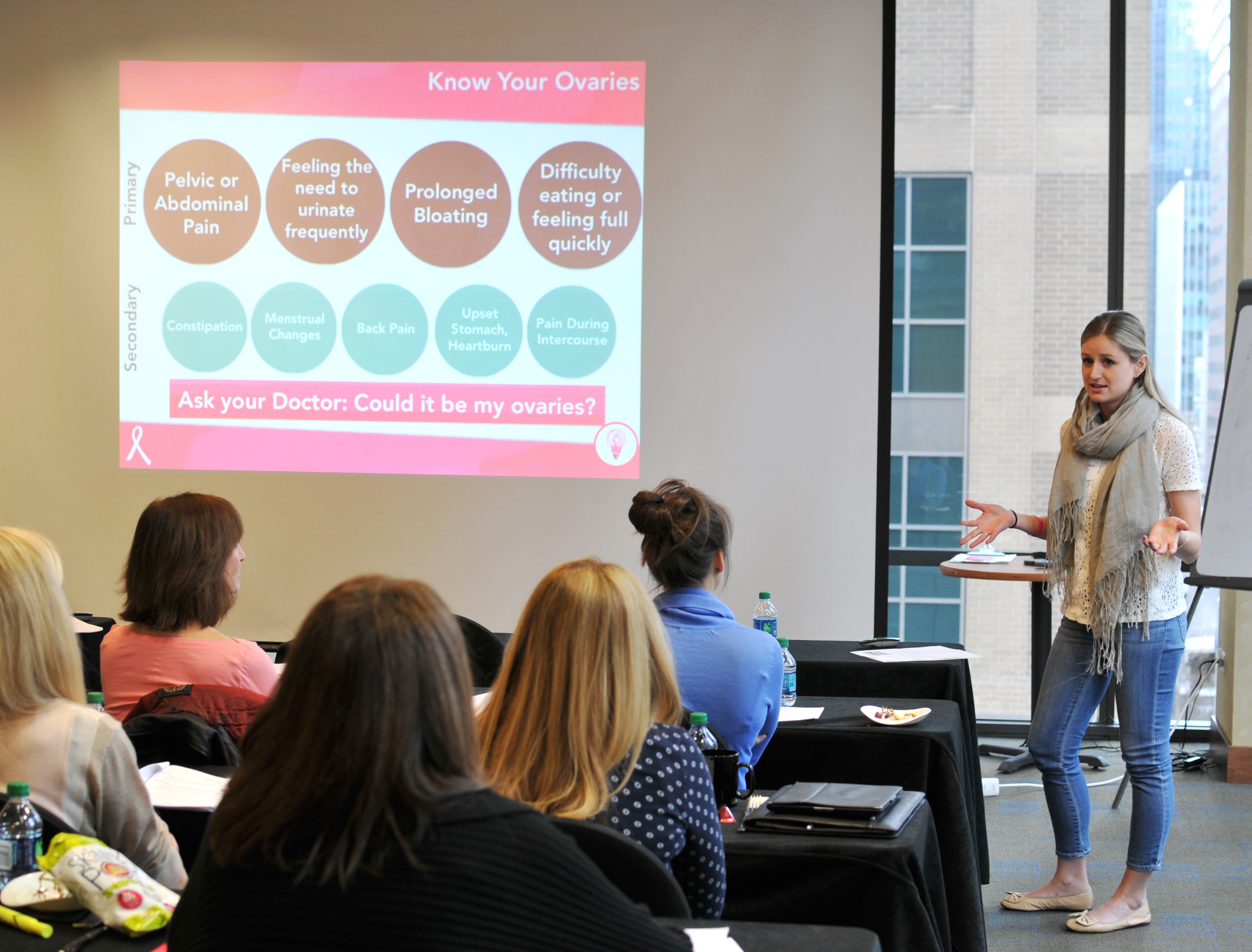As October – Breast Cancer Awareness Month – comes to a close, we wanted to bring attention to one of our favorite breast health organizations – Chicago’s own Bright Pink. Based in our hometown, Bright Pink is on a mission to save women’s lives from breast and ovarian cancer by empowering them to live proactively at a young age.

One of the many things that makes Bright Pink unique is their interactive “Assess Your Risk” tool. It was developed to help women understand how their family history and common lifestyle factors can influence cancer risk. It also provides suggestions and steps women can take to reduce their risk at any age, making it perfect for every woman everywhere. To date, more than 45,000 people have completed the tool – a huge accomplishment!

So not only is it an awesome educational tool (we learned so much when we took it), it also works as an easy conversation starter with your healthcare provider. Too many women don’t know what questions to ask, or if they should ask questions at all, when visiting their doctor. With the support of a personalized risk assessment, a woman has extra incentive and motivation to take charge of her health. Assess your risk here then share the tool with a woman you love.
More Women’s Health Facts:
- Breast and ovarian cancer are particularly devastating diseases because they strike at the heart of a woman’s femininity.
- Breast cancer is the most common cancer diagnosis among women in the U.S.. The average woman has a 1 in 8 or 12% lifetime risk of developing breast cancer.
- 1 in 67 women (1.5%) will develop ovarian cancer at some point in her lifetime. Two out of three of women diagnosed will die as a result.
- 750,000 individuals in the US have a BRCA gene mutation, which dramatically increases the lifetime breast cancer risk to up to 87% and ovarian cancer risk up to 54%
- When detected early, the 5-year survival rate for breast and ovarian cancer can be as high as 92%
- Having just one first degree relative with breast cancer doubles your personal risk for the disease.
- There’s a lot you can do to reduce your risk for cancer. Making healthy diet choices (kefir, anyone?) and engaging in daily physical activity are great places to start. Bright Pink offers some awesome tips, which can be found here. As always, be sure to speak with your physician before starting a new exercise program or diet.

We’re proud to support Bright Pink and encourage everyone to check out their resources. If you’re looking for an organization to support this year on #GivingTuesday (the Tuesday after Thanksgiving where charities, families, businesses and individuals around the world will come together to celebrate generosity and to give), consider Bright Pink. It’s a donation you can feel good about and will certainly go a long way toward providing bright futures for women everywhere.
Be sure to follow Bright Pink on Twitter (@BeBrightPink) and Facebook.

About the Assess Your Risk tool: please keep in mind that the tool is available for educational purposes and should not be interpreted as medical advice. Be sure to partner with your medical provider to develop the best personal care strategy for you.